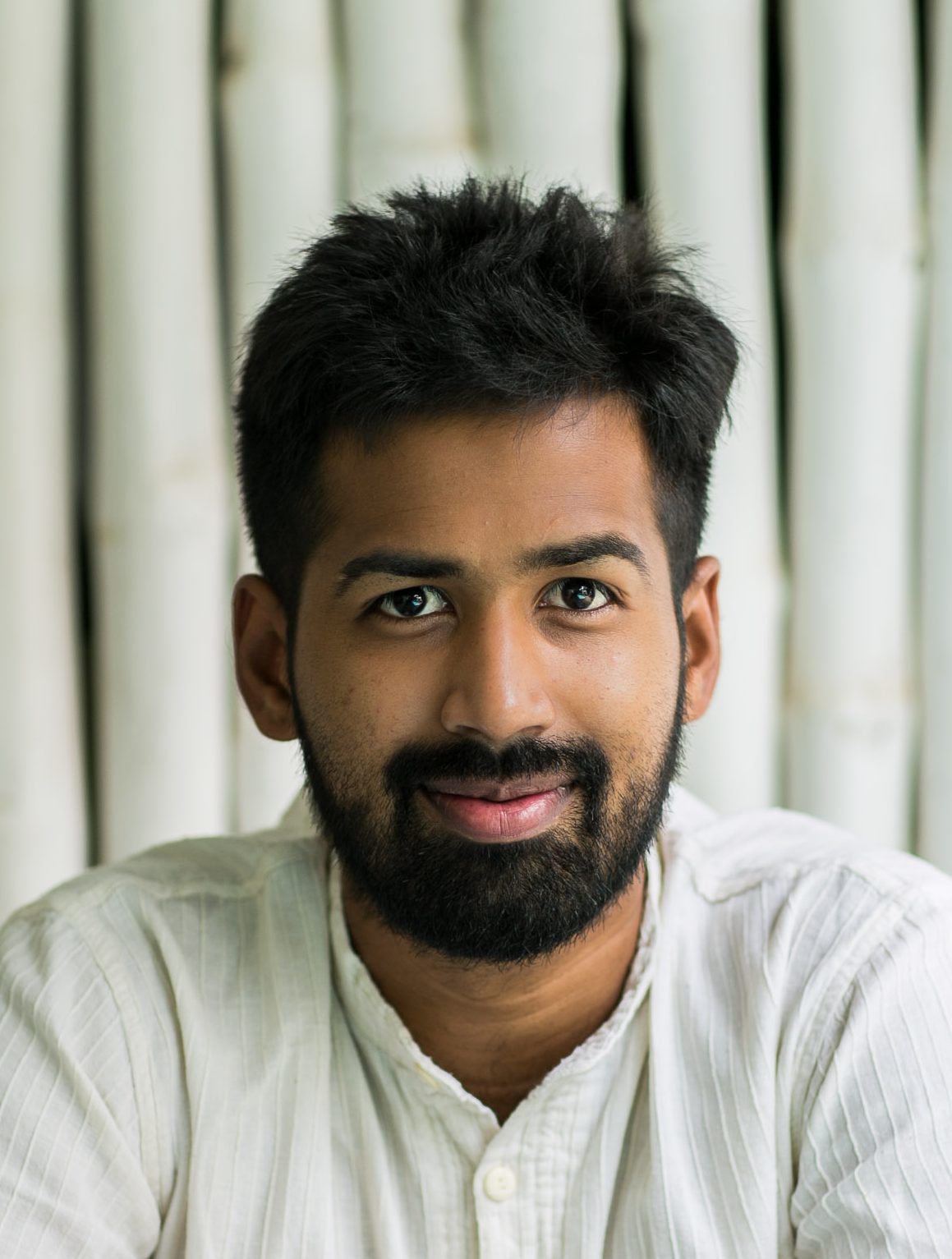Ever wondered why people who meditate, have a spiritual practice or a profound life view, look so happy? Always smiling and content. These are the kind of people who help you look at the silver lining in every situation. They lift you up when you’re down, they are the ones you turn to when you need to look at life through a fresh new perspective.
We love these people, we appreciate them and want to be them. The secret to this is one simple mantra—gratitude. The sea of changes that come with gratuitous living is like the dawn of a new day.
Scientists report that the part of the brain that controls feelings of gratitude (the hypothalamus) has a ‘trigger-response’ relationship with the part of the brain that controls feelings of anger (the amygdala).
What this necessarily means, is that when messages are fired off, to and forth between these parts of the brain, we are given the choice to decide how to encode the situation at hand, depending upon a number of factors and how we FEEL at that given moment.
This is why some people are angered at the moment but a second later they decide not to let it affect them and go on to understand that it teaches them an important life lesson. This is no coincidence, but meditation eases this process.
Gratitude or gratefulness is not rocket science. It’s just the art of being able to step away from any situation and see an alternate path for it. It is also being thankful for its occurrence in your life—a realisation that goes hand in hand with a practice of mindfulness. The dialogue within will never let you feel ingratitude and so you do not experience despair.
While practising gratitude/gratefulness seems to be a solution to a simpler life, it is sometimes hard to focus on the positives, that’s where meditation comes in. The practice of meditation helps us filter through the layers of negative emotions like anger, anxiety, stress, and worry, with a complete focus on our subconscious mind. Meditation helps us think clearly, which in turn makes practising gratefulness smoother.
Backed by science
Neuroscience research reports a study where brain activity was mapped between a group of individuals who practised mindful meditation and another group who did not. Astonishingly, in the group of meditators, it was noticed that this practice caused the amygdala to shrink, making the prefrontal cortex (responsible for reasoning, concentration, decision making) bigger and thicker!
The feelings of gratitude also activate the parts of the brain, eliciting the pleasure neurotransmitter—dopamine. It helps you feel good and teaches the brain to repeat the pleasurable activity.
Meditation at the core of it teaches you to give gratitude for the thing we overlook every day.
Learn to Breathe
Meditation treats breath work as sacred and central to existence. A channel to outer and inner worlds, gratitude comes as naturally as the breath, with each breath. It is as if we are called upon from different realms to honour this existence as a human on earth, in this time period, in this experience.
Gratitude, like every other habit, requires a certain practice and discipline. In daily life, we human beings are monkey with short attention spans and invest selective attention in places of material benefit.
The idea of giving gratitude every second of every day may sound tedious, but there’s another secret:
Sometimes the way to stay in the game is to smile, smile a lot and dedicate time to your meditation practice!
Gratitude/ gratefulness is a practice that fills our lives with glee and contentment. It not only makes us better people but also makes us physically healthier.
It is a broader practice that has ample benefits with happiness at its core. While we’ve established that gratitude helps reduce the magnitude of negative emotions like anger or frustration, it automatically makes us more joyful. It has the ability to change our perspective towards life, help us take actions and decisions with better clarity and confidence.
Evolving proof contributes to the fact that, we can in fact use psyche-enhancing life hacks to reprogram and rewire our brains to become the best version of ourselves.Gratefulness is just that, ‘Great-fullness’!


